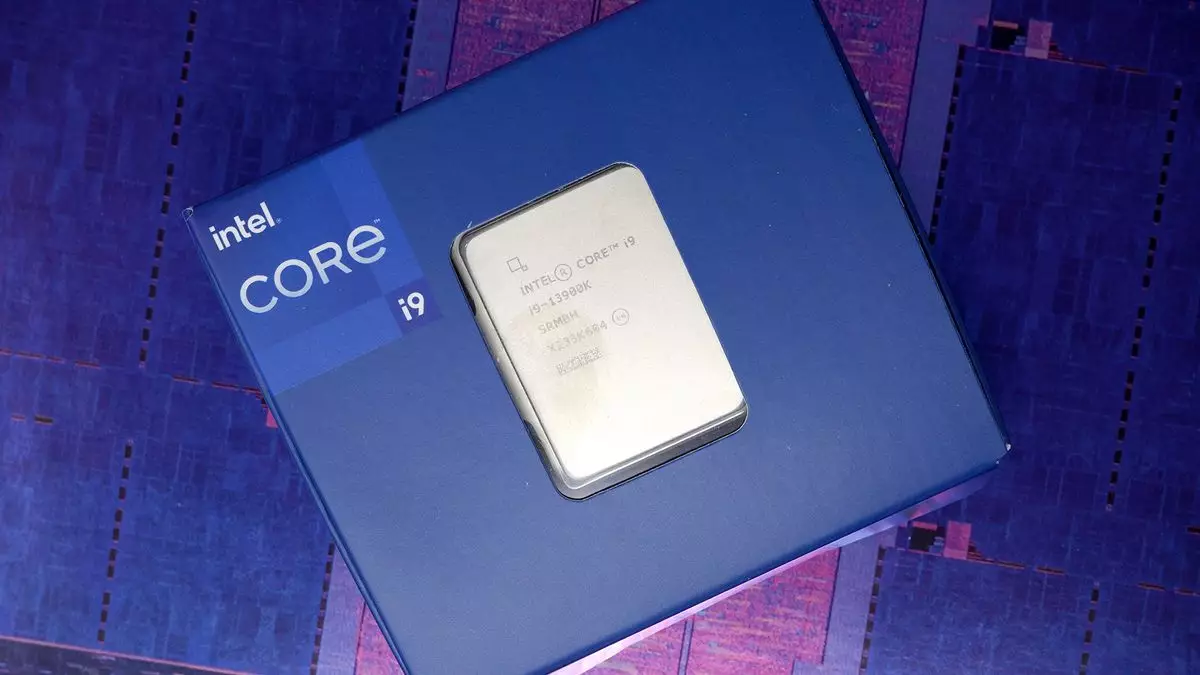In a strikingly relatable incident, many tech enthusiasts have felt the frustration of receiving their orders enveloped in extravagant packaging. Take, for instance, the buying of a standard eyebrow pencil online, greeted not by a simple envelope or a modest box, but rather an unnecessarily large cardboard compartment. This is an all-too-common reality when it comes to the technology sector, notably with computer hardware that often arrives packed in layers of wasteful materials. This is not just a matter of aesthetics; it raises serious concerns about e-waste and the environmental ramifications that come with excessive packaging.
The ethos of minimalism, especially in the tech world, is being challenged by the overwhelming waste created from superfluous packaging. Styrofoam peanuts, bubble wrap, and layers of plastic often accumulate in our homes, begging the question of sustainability. With globalization leading manufacturers to adopt a ‘better safe than sorry’ approach to packaging, the need for a paradigm shift becomes evident.
The European Commission’s new Packaging and Packaging Waste Regulation (PPWR), which came into effect on February 11, aims to combat these very issues. By proposing a reduction in the weight and volume of packaging and eliminating non-essential materials, this regulation targets the heart of wasteful practices that have long plagued the market. The 18-month grace period given to manufacturers offers time for adaptation towards a sustainable approach while preserving necessary packaging elements.
However, the breadth of this regulation raises eyebrows, especially regarding the future of bundled cooler packages traditionally included with CPUs. Are such inclusions deemed essential? While some users treasure these coolers, others sidestep them in favor of third-party alternatives. Herein lies the paradox: the manufacturer’s duty of care toward the consumer must balance with the impending necessity for minimalism driven by environmental conscience.
This EU initiative goes beyond mere packaging effectiveness; it proposes significant change for the entire tech industry. With a target set to make all packaging recyclable by 2030 and to curtail the use of virgin materials, the path towards climate neutrality by 2050 appears ambitious but necessary. The implications are multi-fold; manufacturers are challenged to innovate ways to reduce their carbon footprints while still delivering protection for their products.
It is worth noting that e-waste poses a significant global challenge, causing impending crises not just for the planet but also for future generations. The necessity for sustainable practices in all aspects of consumerism, especially in tech, is more vital than ever. The EU’s regulation presents a proactive response, aiming to alleviate the collective burden of waste that overwhelms landfills and ecosystems.
Despite the systemic nature of the issues surrounding packaging waste, some consumers still appreciate the need for careful packaging. For delicate equipment like CPUs, having the original packaging available can be crucial during relocation or storage. This need for precaution is why many tech aficionados remain hopeful that the new regulations do not lead to an inadequate level of protection in transit.
One could argue that packaging should not just be sustainable, but also intelligently designed. The challenge lies in creating boxes and materials that are both eco-friendly and functional. If manufacturers could take inspiration from the compact designs seen in niches like collectibles or popular merchandise, perhaps the future of tech packaging could be both sustainable and practical.
The onus now lies on both manufacturers and consumers to embrace these changes. The PPWR offers a vital step towards reducing e-waste and promoting sustainability in the tech sector. As we welcome this shift toward greener packaging solutions, it is essential to remain vigilant and critical—always demanding innovations that not just meet regulatory standards but also support the overarching goal of protecting our planet. Balancing innovation and sustainability will be crucial for a resilient future in technology and beyond.


Leave a Reply